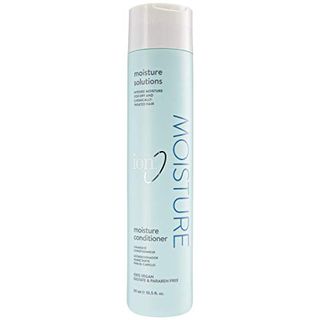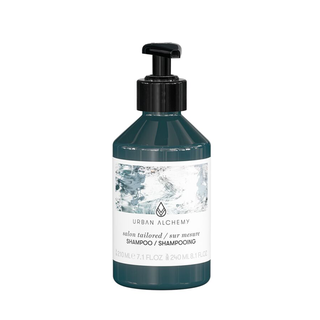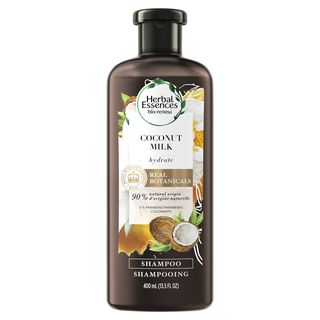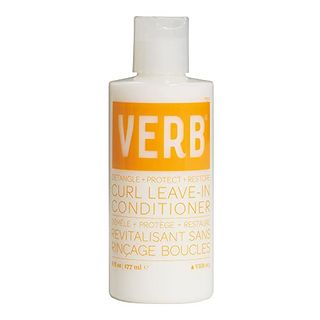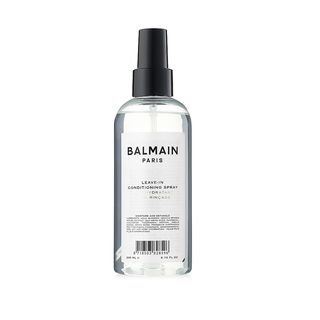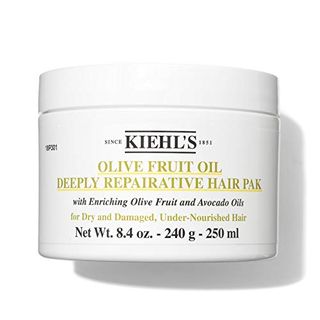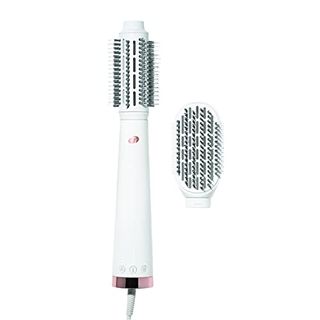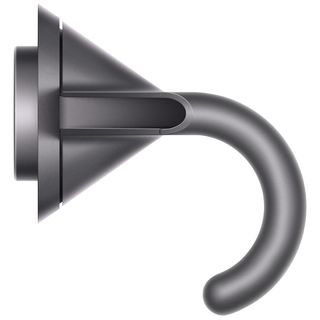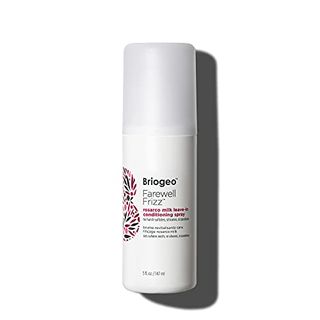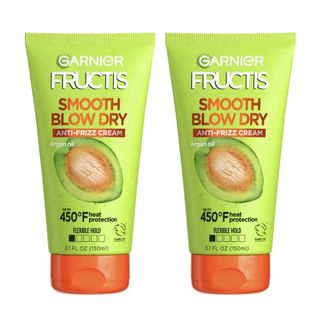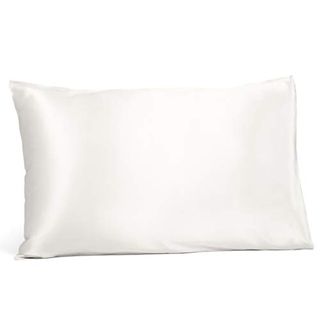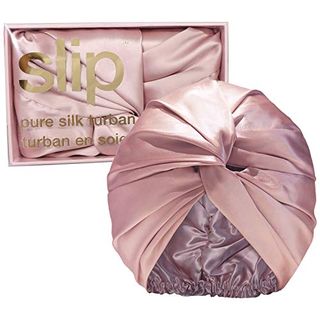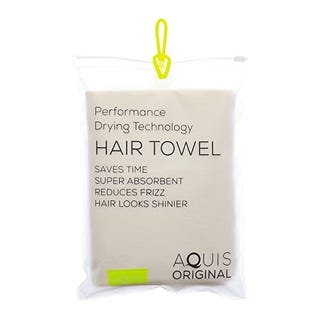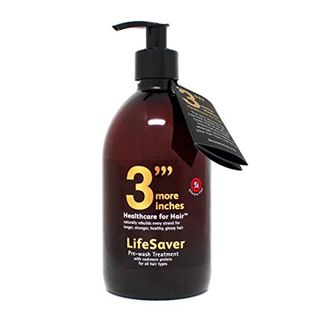Whether it’s the result of cold winter air or year-round hair styling (a.k.a. all that brushing, drying and washing you do every day), we can all find ourselves with staticky hair all of a sudden. So if you’re wondering what causes static hair and how to get rid of it, you’ve come to the right place.
We spoke with three top celebrity hairstylists and asked them for their best tips and hair product recommendations to zap static away for good (spoiler alert: It may be as easy as sleeping on a silk pillowcase!). Read on for all that, plus how to prevent hair static from happening in the first place.
Meet the experts
- Gregory Patterson is a celebrity hairstylist and DIY expert for Sally Beauty
- Bridget Brager is a celebrity hairstylist and T3 Stylist Ambassador
- Michael Van Clarke is a London-based hairstylist and founder of 3’’’ More Inches Haircare
What causes static in hair?
“Static hair occurs when your hair builds up an electric charge, meaning it has gained some extra electrons thanks to friction or a change in humidity,” says Bridget Brager, celebrity hairstylist and T3 Stylist Ambassador. Those negative and positive electrons repel each other, leaving your hair sticking out all over the place and difficult to style. (Also, if you’re wondering, static is different than frizz — while static in your hair is a result of friction, frizz is the result of the cuticle not laying flat.)
But what causes those electrically charged strands in the first place? Likely dry air. “Winter is typically the worst season for static hair as the air often has low or no humidity and taking a hat and scarves on and off causes friction,” says Brager. Too much heat styling or overdrying your hair can be another common culprit.
Ahead, the best tricks and tips for preventing (and getting rid of) static in your hair.
1. Use a moisturizing shampoo and conditioner.
Start getting rid of static in the shower by swapping out your current shampoo and conditioner for a moisturizing shampoo and conditioner, which will infuse your hair with the hydration it needs to fight static and stay smooth. “Some of my favorites are the ion Moisture Shampoo and Conditioner or the new formula by Urban Alchemy that lets you add plenty of moisture and hydration directly to your base product,” says Gregory Patterson, a celebrity hairstylist and DIY expert for Sally Beauty.
2. Don’t skip leave-in products.
If you want to prevent static before it even starts, use a leave-in conditioner every day after showering. And if you’re already out and about when your hair becomes static, you can “use a little leave-in styling treatment or a moisturizing finishing product rubbed into hands and applied directly to hair,” says Michael Van Clarke, a London-based hairstylist and founder of 3’’’ More Inches Haircare. Or, try “spraying a light mist of a hydrating ‘refresher’ product like Silk Elements Jojoba Oil Leave-In Conditioning Spray onto a nylon bristle brush and running it through your hair,” suggests Patterson.
Meanwhile, if your hair is especially dry or damaged, use a deep-conditioning hair mask occasionally, which can also help hydrate dry locks and prevent static. “A deep conditioner once a week really helps support moisture in your hair,” says Brager. “I particularly like Kiehl’s Olive Fruit Oil Deeply Reparative Hair Mask.”
3. Shampoo your hair less.
Constant washing can increase the likelihood of static, since you’re more regularly stripping natural oils from your hair. So, unless you have greasy hair, you’ll want to “try to extend your blowouts and styles as long as possible so you don’t have to shampoo as often,” says Brager.
4. Opt to air dry your hair.
You can’t change the atmosphere, but you can skip sapping your hair of moisture by avoiding too much heat styling. In addition to less shampooing, Van Clarke recommends avoiding heat tools as much as possible. “Air dry more often if you can,” he says. “Use a hair dryer until your strands are damp, and leave the rest to air dry.”
5. Invest in an ionic hair styler.
If you do need to heat style your hair, use a heat protector spray and an ionic hair dryer, which emits negative ions to help protect your hair’s integrity. “Ionization technology has visible benefits,” Sabina Wizemann, Senior Chemist at the Good Housekeeping Institute Beauty Lab, explains. “Static builds up when you blast air without an ionizer and with it, the hair is more aligned and appears shinier.” She also suggests styling with the latest flyaway attachment that pairs with the Dyson Supersonic Hair Dryer, a top-tested ionic dryer in the GH Institute Beauty Lab.
“It is the only tool out there specifically designed to combat flyaways, caused by static, without extreme heat,” says Wizemann. “It mimics how stylists use a ‘brush and blow dryer’ technique to smooth flyaways. The result is smooth and finished look, and the hair appears shinier due to alignment.”
6. Try a new hairstyle.
Let your hairstyle prevent static! Slick your hair back in bun and you won’t have to fight the elements. This is Brager’s go-to trick when she’s fighting frizz, because she “can throw in a nice leave-in treatment and no one knows the difference, but I’m treating and taming frizz and static at the same time,” she notes. She likes Briogeo Farewell Frizz for styling and taps down any remaining static with R+Co Outerspace Flexible Hairspray afterwards.
7. Sleep on silk.
Minimize your hair’s exposure to friction by sleeping on a silk pillowcase or hair bonnet. “Switch out your cotton fabric pillow cases for silk or satin,” says Patterson. “Imagine your hair laying upon smooth-as-ice silk versus laying on a pair of denim jeans and well, there’s your solution.”
Though it’s inevitable — especially in the winter months — that you’ll end up wearing a beanie or hair wrap, that doesn’t mean you have to accept defeat against static, either. “Look for hats lined with silky textures whenever possible,” says Patterson. “It’s all about minimizing the friction points. The more your hair rubs together on or with something rough, [the more] electric charges are produced and then, of course, static.”
8. Swap your cotton towels for microfiber.
To help get rid of static in your hair naturally, consider adding quick-dry microfiber towels to your arsenal. “Cotton can be harsh on the hair,” says Brager. “Microfiber towels are so helpful because they lay the cuticle flat and absorb a ton of water which helps in drying the hair.”
9. Avoid hair products with silicone.
Especially in cold weather, you’ll want to use styling products without silicone, to avoid depleting hair of precious moisture, says Van Clarke. He explains that siliconized products can be a common contributor to static because “silicone and heavy oils are hydrophobic, and can therefore dehydrate hair.” Silicone-free products, on the other hand, will help hydrate hair, reducing the likelihood of static.
10. Head to your laundry room.
Yep, you heard that right. Your best friend in fighting static may be in your laundry room. Dryer sheets (or Nexxus’ Anti-Frizz Sheets) can help minimize static without adding extra product. Wrap the sheet around your strands and watch your hair instantly smooth out. “Dryer sheets really work,” says Brager. “I actually have some in my kit… just use whatever you have in your laundry room!”
This content is created and maintained by a third party, and imported onto this page to help users provide their email addresses. You may be able to find more information about this and similar content at piano.io


